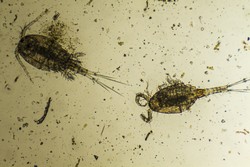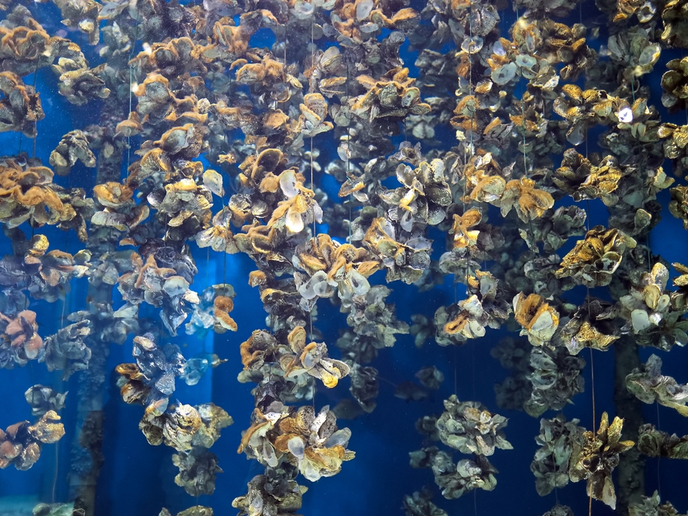How plankton respond to climate change
The TROPHIC EFFICIENCY (Effects of plankton community structure on energy pathways and trophic efficiency) project estimated trophic efficiency from production rates, dietary sources and nutritional transfer using biomarkers in multidisciplinary experiments. These involved small-scale laboratory and larger ecosystem-scale (mesocosm) experiments exposed plankton communities to climate change based on increasing temperatures and ocean acidification (OA). Researchers also used biological tracers comprising combined fatty acid-specific δ13 carbon isotope biomarkers (δ13C-FA) that characterised the flow of essential nutrients and production rates in food webs. Findings showed that raised carbon dioxide (CO2) levels significantly altered the fatty acid (FA) concentration and composition of the diatom Thalassiosira pseudonana. Thus, higher CO2 levels appeared to constrain the growth and reproduction of the copepod Acartia tonsa, which grazes on the diatoms. The link between diatoms and copepods supports some of the most productive ecosystems in the world. Therefore, the results indicated that OA can have far-reaching consequences for ocean food webs by changing the nutritional quality of essential macromolecules in primary produces, which extend up the food web. Mesocosm experiments using multi-trophic levels were conducted on a plankton community in the Kiel Fjord, a long inlet of the Baltic Sea. In addition, researchers investigated how OA affected phytoplankton community composition and fatty acid profile of an offshore plankton community in the North Sea. They studied how an increase in gelatinous zooplankton in the North Sea at higher temperatures and CO2 removed particles from the water column that would otherwise nourish copepods and fish. Results indicated that major taxonomic groups differ in the concentration of important biochemical compounds. This could explain why a more diverse nutrition leads to higher production rates of consumers than monospecific diets. Hence, growth and reproduction of consumers (zooplankton and fish larvae) can be controlled by taxonomic composition or food quality of primary producers. TROPHIC EFFICIENCY will give scientists a greater understanding of how shifts in food web structure at the base of the aquatic food web affects the movement of carbon through the plankton food web. This is of major importance as these processes have a profound influence on fisheries and the Earth’s climate.







